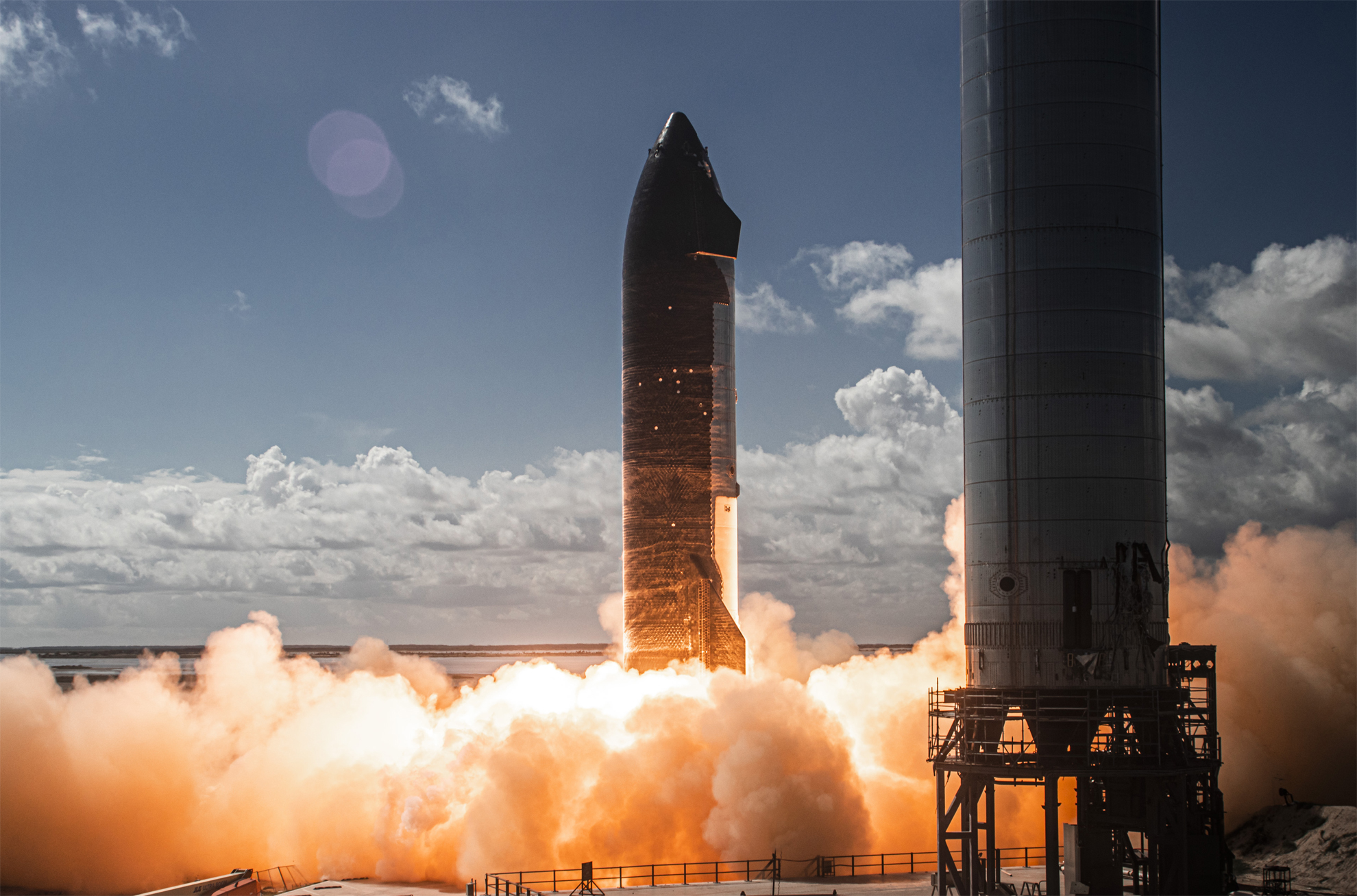
SpaceX is gearing up to start launching its massive Starship Mars rocket from Florida.
The company has started building a pad for Starship at Launch Complex 39A, part of NASA's Kennedy Space Center near Cape Canaveral, SpaceX founder and CEO Elon Musk announced on Friday (Dec. 3).
"Construction of Starship orbital launch pad at the Cape has begun," Musk said via Twitter on Friday. "39A is hallowed spaceflight ground — no place more deserving of a Starship launch pad! Will have similar, but improved, ground systems & tower to Starbase," he added in another tweet.
World's tallest rocket: SpaceX stacks Starship atop massive booster for 1st time
39A is hallowed spaceflight ground – no place more deserving of a Starship launch pad!Will have similar, but improved, ground systems & tower to Starbase.December 3, 2021
Starship manufacturing and testing operations are currently centered at Starbase, SpaceX's facility in South Texas, near the Gulf Coast village of Boca Chica. The site has hosted test flights of multiple prototype vehicles over the past few years.
The highest of those test jaunts reached just 7.8 miles (12.5 kilometers) into the Texas sky. But a much bigger leap will happen soon, if all goes according to plan — the first orbital test flight of a Starship vehicle. Musk has said that SpaceX aims to launch this flight from Starbase in January or February, provided an environmental assessment being performed by the U.S. Federal Aviation Administration wraps up by the end of the year as expected.
In 2014, SpaceX signed a 20-year lease agreement with NASA that lets the company use Pad 39A, the jumping-off point for all but two of the agency's crewed Apollo missions and most of its space shuttle flights. SpaceX already launches its Falcon 9 and Falcon Heavy rockets from the site, but the giant Starship requires new infrastructure.
Get the Space.com Newsletter
Breaking space news, the latest updates on rocket launches, skywatching events and more!
SpaceX is developing Starship to take people and cargo to the moon, Mars and beyond. The vehicle consists of two fully reusable stages: a first-stage booster known as Super Heavy and an upper-stage spacecraft called Starship. A fully stacked Starship stands 395 feet (120 meters) tall — about 30 feet (9 m) higher than NASA's famous Saturn V moon rocket.
SpaceX began some preliminary Starship-related work at Pad 39A in the fall of 2019 but halted it relatively quickly as operations ramped up at Starbase.
Mike Wall is the author of "Out There" (Grand Central Publishing, 2018; illustrated by Karl Tate), a book about the search for alien life. Follow him on Twitter @michaeldwall. Follow us on Twitter @Spacedotcom or on Facebook.
Join our Space Forums to keep talking space on the latest missions, night sky and more! And if you have a news tip, correction or comment, let us know at: community@space.com.

Michael Wall is a Senior Space Writer with Space.com and joined the team in 2010. He primarily covers exoplanets, spaceflight and military space, but has been known to dabble in the space art beat. His book about the search for alien life, "Out There," was published on Nov. 13, 2018. Before becoming a science writer, Michael worked as a herpetologist and wildlife biologist. He has a Ph.D. in evolutionary biology from the University of Sydney, Australia, a bachelor's degree from the University of Arizona, and a graduate certificate in science writing from the University of California, Santa Cruz. To find out what his latest project is, you can follow Michael on Twitter.
